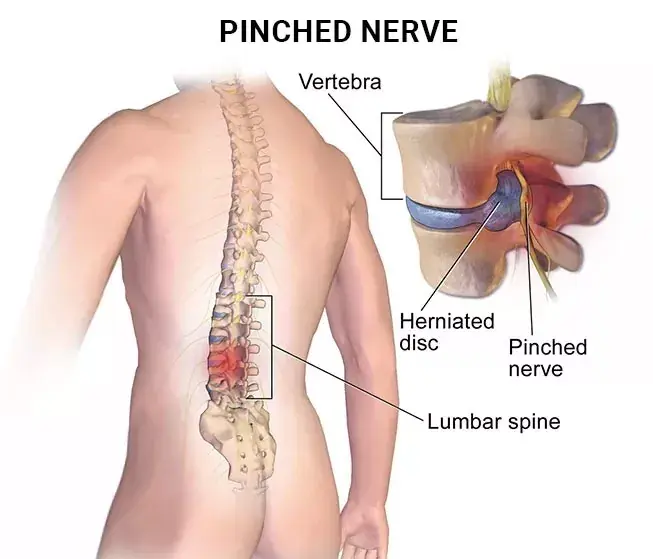Urinary Incontinence Suggestions
- Dr. Jill Evans

- Mar 22, 2023
- 3 min read

Urinary incontinence is a condition where a person experiences an involuntary loss of bladder control. This can range from occasional leaks to severe and frequent accidents and can have a significant impact on a person's quality of life, self-esteem, and overall well-being. Urinary incontinence is a common problem, affecting millions of people of all ages and genders, and can be caused by a variety of factors, including weak pelvic muscles, nerve damage, bladder problems, and certain medications.
There are several types of urinary incontinence, including stress incontinence, urge incontinence, mixed incontinence, and overflow incontinence. Stress incontinence is caused by physical activity, such as coughing, laughing, or sneezing, which puts pressure on the bladder. Urge incontinence is caused by a strong and sudden urge to urinate, often accompanied by leakage of urine. Mixed incontinence is a combination of stress and urge incontinence, and overflow incontinence is caused by a weak bladder that cannot empty completely, leading to leakage.
Treatment for urinary incontinence can vary depending on the cause and type of incontinence and may include lifestyle changes, pelvic floor muscle exercises, and in severe cases, surgery. Lifestyle changes, such as reducing fluid intake before bedtime and avoiding bladder irritants, can be effective in managing incontinence. Pelvic floor muscle exercises, also known as Kegels, can help strengthen the muscles that control the bladder, reducing the risk of incontinence.
Chiropractic care is a complementary health practice that focuses on the treatment of the musculoskeletal system and the nervous system. It is often used to treat a variety of conditions, including urinary incontinence. Chiropractors can help treat urinary incontinence by addressing any underlying musculoskeletal or nerve-related problems that may be contributing to the condition. For example, if the pelvic region is misaligned, it can affect the function of the bladder and lead to incontinence. A chiropractor can adjust the pelvis to help realign it and improve bladder function and may use techniques such as trigger point therapy or soft tissue mobilization to relieve tension in the muscles that support the bladder, helping to improve bladder control.
It is important to note that chiropractic care is not a cure for urinary incontinence, but it can be a valuable complementary therapy that can help alleviate symptoms and improve bladder control. By addressing musculoskeletal and nerve-related problems, chiropractors can help improve bladder function and reduce symptoms of incontinence. The treatment for urinary incontinence depends on the underlying cause and severity of the condition.
The following are other common treatments for urinary incontinence:
Lifestyle changes: Simple lifestyle changes, such as drinking less caffeine and alcohol, reducing fluid intake before bedtime, and losing weight, can help alleviate symptoms of incontinence.
Pelvic floor muscle exercises: Also known as Kegels, these exercises help strengthen the muscles that control the bladder and can improve bladder control.
Bladder retraining: This involves gradually increasing the time between trips to the bathroom and practicing good bladder habits to help improve bladder control.
Surgery: In severe cases, surgery may be recommended to treat underlying conditions that are causing incontinence.
It's important to talk to your doctor about urinary incontinence, as there are many treatment options available that can help manage the condition and improve your quality of life. Early diagnosis and treatment can prevent the condition from becoming more severe and reduce the risk of complications. With the right treatment and support, most people with urinary incontinence are able to lead healthy and active lives.






Comments